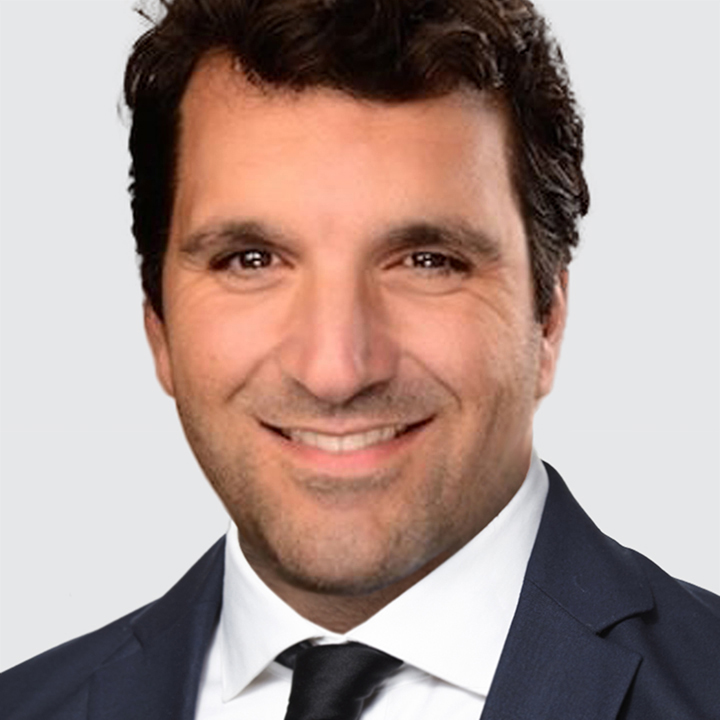Slow Burn
US
The broad USD index (Bloomberg ticker: BBDXY) dropped to fresh two-year lows and Treasury yields plunged by roughly 11bps across the curve as tamed US inflation firmed up odds of Fed easing. Fed funds futures are once again fully pricing in 50bps of total cuts this year, up from 86% odds before the US May CPI data. The probability that the next 25bps cut is delivered at the September 17 meeting has also climbed to 85% from 65%.
US CPI rose less than expected in May. Headline, core, and super core (service less housing) each increased by 0.1% m/m vs. 0.2% in April. Consensus had penciled-in headline at 0.2% m/m and core at 0.3% m/m. On an annual basis, CPI largely matched consensus. Headline came in at 2.4% y/y (consensus: 2.4%) vs. 2.3% in April, core CPI was 2.8% y/y (consensus: 2.9%) vs. 2.8% in April, and super core CPI rose to 2.9% y/y vs. 2.8% in April.
Inflation pressures from higher tariffs are so far subdued. But we doubt the latest CPI data fully reflects the effects of tariffs on inflation considering that the average effective US tariff rate is estimated to have increased from 2.4% in January to 15.6% as of June 1, the highest since 1937.
Moreover, the ultimate level of tariffs will likely end up being higher. President Donald Trump confirmed yesterday he will set unilateral “take it or leave it” tariffs on trading partners when the 90-day tariff pause ends on July 9. The UK and China are expected to be spared after reaching deals with the US. Under the UK-US deal, the US has a baseline tariff of 10% on UK goods. Under the China-US framework agreement the tariffs on Chinese imported goods would remain at 55% while trade talks continue.
US protectionist trade policy is a downside risks to growth and upside risk to inflation. Bottom line: the fundamental USD downtrend is intact.
The US May PPI (1:30pm London) and Q1 household net worth (5:00pm London) are today’s data highlights. Headline PPI is expected at 2.6% y/y vs. 2.4% in April while core PPI is projected to remain unchanged at 3.1% y/y. Watch out for PPI services less trade, transportation, and warehousing as it feeds into the PCE. In April, this measure fell one full point to 3.3% y/y, the lowest since March 2023.
US households balance sheets remain strong and supportive of consumer spending activity. Net worth increased by $164 bln in Q4 after rising $4.8 trln in Q3. In Q4, a decline in the value of holdings of debt securities and real estate was offset by an increase in the value of corporate equities holdings and other assets. The ratio of net worth to disposable personal income dipped to 772% of GDP in Q4 from 781% of GDP in Q3, and remains just under its all-time high of 833% of GDP in Q1 2022.
There was good demand at yesterday’s 10-year Treasury auction. The bid-to-cover ratio was in line with historical average at 2.52 vs. 2.60 at the previous auction. A $22bn 30-year Treasury auction is up next (6:00pm London). Investors’ appetite for long-term US debt remains encouraging despite the ballooning fiscal burden.
Crude oil prices surged yesterday by nearly 7% after Iran threatened to strike US bases in the region if talks collapse. A sixth round of talks is scheduled for Sunday in Oman. In the meantime, the US ordered some staff to depart its embassy in Baghdad and authorized families of military service members to leave the region. CHF, JPY and gold are good hedges in case of escalating tensions between the US and Iran.
UK
GBP dipped mostly versus EUR after the UK economy shrank more than expected in April. Real GDP fell -0.3% m/m (consensus: -0.1%) after rising 0.2% in March. Of the three main sectors, services output was the main drag to growth.
Service output decreased by -0.4%, driven by declines in the professional, scientific and technical activities subsector and wholesale and retail trade subsector. Production output also decreased by -0.6% led by a -5.2% m/m plunge in manufacture of transport equipment. Finally, construction output increased 0.9% on infrastructure new work and private housing repair and maintenance.
The decline in the services sector is worrisome as it accounts for around 79% of GDP. The Bank of England may no longer have the luxury of pausing easing next week, especially with the labor market weakening. The swaps market is pricing in just 9% odds the Bank of England delivers a 25bps cut at its next June 19 meeting. Looking ahead, the swaps market is pricing in 75bps of cuts over the next 12 months and the policy rate to bottom at 3.50%.
In contrast, the ECB is almost done easing. The swaps market implies just one 25bps rate cut over the next 12 months and the policy rate to bottom at 1.75%. Relative monetary policy trend between the ECB and BOE suggest the EUR/GBP overshoot has more legs.
JAPAN
USD/JPY is down on broad USD weakness. Japan business conditions deteriorated in Q2. The Business Sentiment Index (BSI) for large enterprises across all industries dropped to -1.9 (lowest since Q1 2023) vs. 2.0 in Q1. However, the outlook component of the BSI points to a recovery in Q3 and Q4. Regardless, the BSI is not a very reliable bellwether indicator of real GDP growth. The Tankan report, due June 30, is better.
In the meantime, the swaps market still implies only 50bps of BOJ rate hikes over the next two years and the policy rate to peak at 1.00%. The BOJ’s cautious normalization cycle is an ongoing headwind for JPY.

